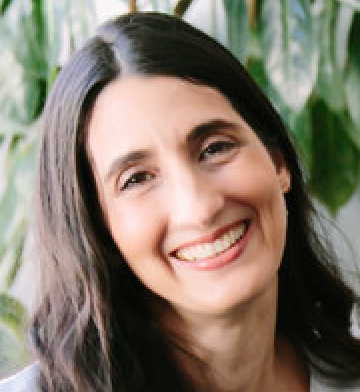What if we all live our own hypnosis story? Perhaps we write our own narratives every single day and our sleep troubles occur partly because we get so caught up in those stories. We forget to pause in order to connect mind, body and spirit to one another.
People ask me all the time about the best way to treat insomnia and ultimately my answer always points to the quality, timing, and quantity of Rest. Sleep problems and daytime fatigue may be the symptoms we pay attention to. Ultimately, however, the ways that we find stillness dictate our levels and types of insomnia, energy, and presence.
In the self hypnosis for sleep strategies that I teach to people, I often focus on the in-between experiences of our daily world. A hypnosis story with suggestions built on transitional states can effectively treat insomnia. Insomnia itself represents difficulty with the transition between awake and asleep. To improve sleep we need to gain greater mastery of the movement from one realm of consciousness to another.
Natural resting places exist in nature and in our bodies. We can connect to the pauses actively by taking the right kinds of breaks. We can also do this through building our awareness of how and where these resting points occur in our daily lives.
Here are some examples:
- The place between the inhale and the exhale where the breath checks in internally and then the place between the exhale before we breathe in again
- The time when we drift to sleep and experience that twilight place between awake and asleep; the time when we begin to wake up but haven’t become fully conscious yet
- The point where the ocean tide goes all the way out to the shore before the water pulls in again and then pauses once more before the waves travel back out, repeating the process
- Dawn and dusk
Own Your Hypnosis Story Through Figuring Out How to Connect With Yourself. Then You Will Sleep Better
We regularly contend with many states of uncertainty. During the 2020 year, things have become particularly intense with all of the waiting to see what comes next. In a sense we have been living in an in-between place. Nothing seems to be happening. Paradoxically, at the same time it may seem overwhelming. It’s like the world is waiting to either inhale or exhale. It feels like we have collective insomnia and we just want to finally get some solid sleep so we can wake up and get back to some kind of “normal” life.
The key: write a hypnosis story that you like, that you take ownership of and that deepens the connection between your own mind, body, and spirit.
Treat insomnia at a foundational level.
I recently discussed these points and more in an interview on “Using Self-Hypnosis to End Insomnia” with Debra Stangl for Sedona Soul Adventures: Meeting The Masters Podcast. We had a great conversation about the power of self-hypnosis to improve sleep and to increase the ability to cope during stressful times.
Debra has long contended that happiness, health, and productivity all flourish when people accept and love themselves and embrace the concept that “nothing is wrong.” In a sense Debra’s philosophy, like mine, advocates for the idea of resting: resting in connection with ourselves and our lives.
We need to take the time to create pockets of rest to connect with our deepest selves. Meditation and affirmations provide great ways to do this although I have observed that self-hypnosis can treat insomnia more effectively and consistently.
Studies have shown that most types of meditation activate relaxing alpha brain waves. Hypnosis, however, can elicit the theta brain waves that also occur in slow wave, deep restful sleep. Not surprisingly, other treatments for insomnia also target theta brain waves.
All of this is to say that we need to focus mind, body, and spirit on getting high quality rest. Taking ownership of our personal hypnosis story’s and our daily rhythms can be a key component for empowering and healing ourselves, especially when the goal is to treat insomnia.
- Take the time starting today to bring awareness to your own narrative, your own hypnosis story.
- Observe transitions in your internal and external worlds. Notice things like the pause between inhale and exhale and vice versa. Think about the miracle of the light changing as the sun rises and sets.
- Keep these and other similar things in mind when you get ready for bed and lay down to sleep.
When I teach people self hypnosis for sleep, I often anchor the hypnotic suggestions with these familiar rhythms. Try them out for yourself and hopefully you will rest easier.
A version of this blog appeared on drdyan.com on December 2, 2020
Featured image by foto8tik for adobe

